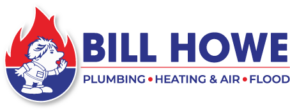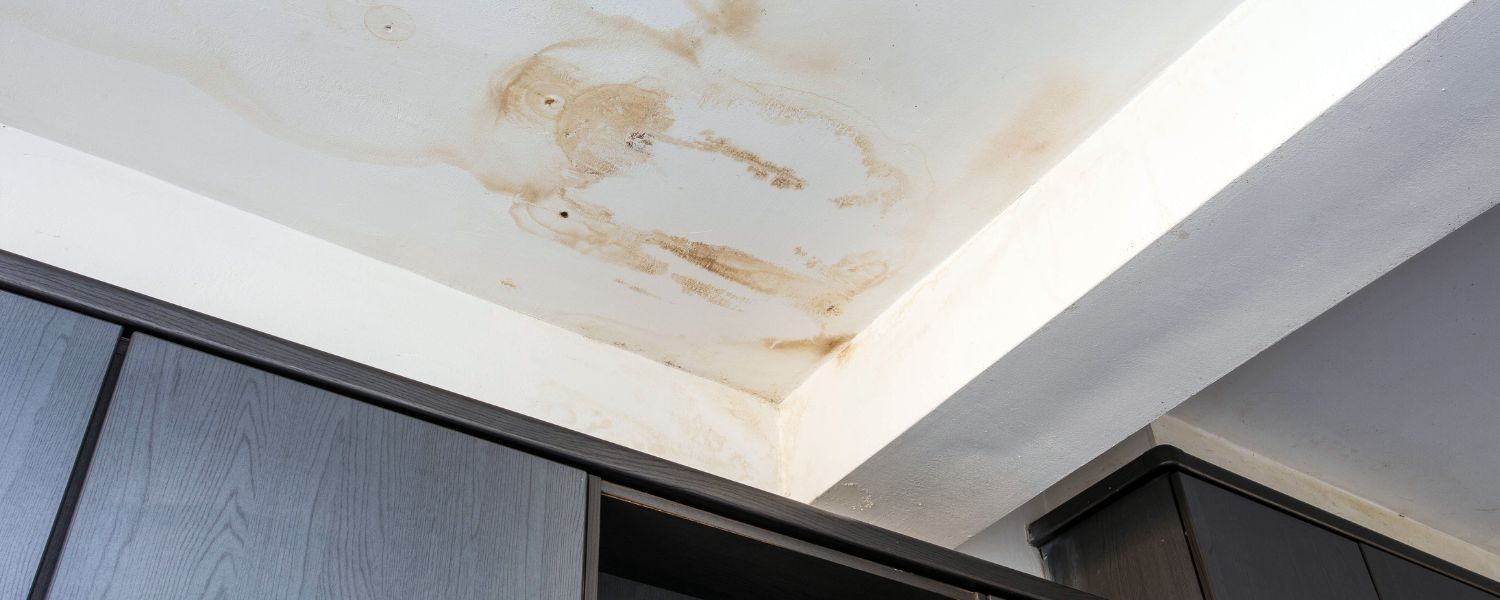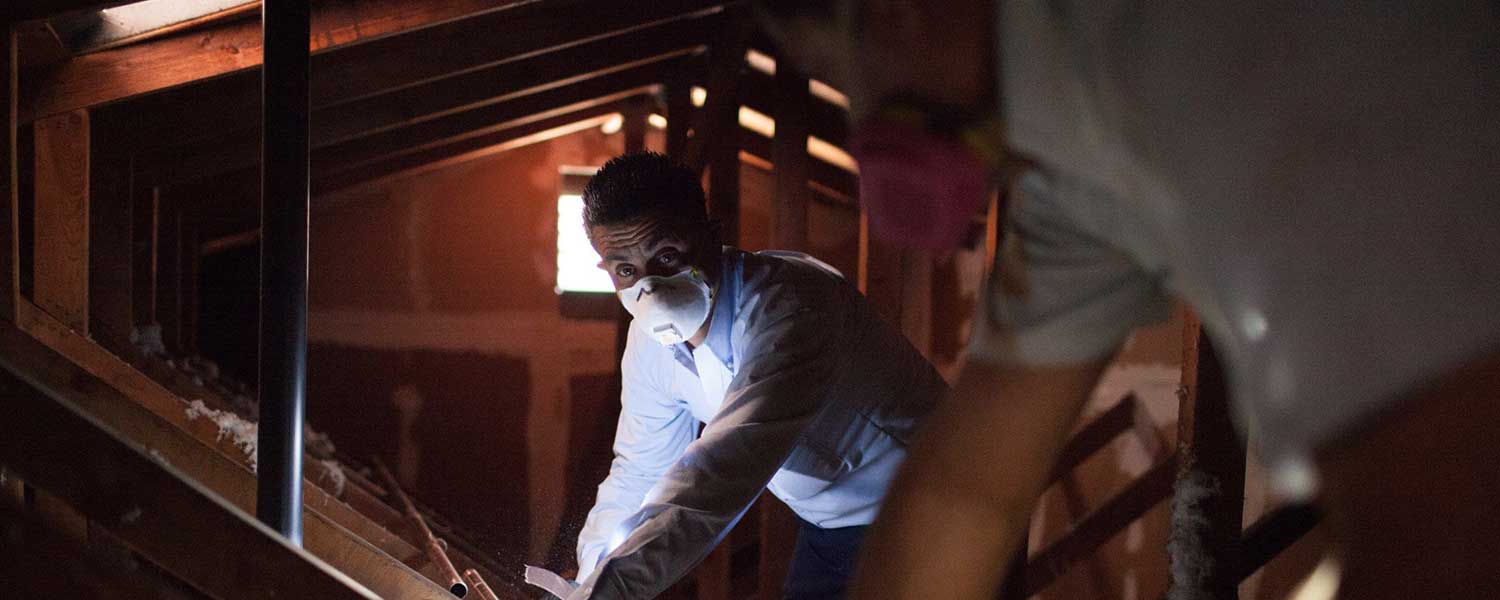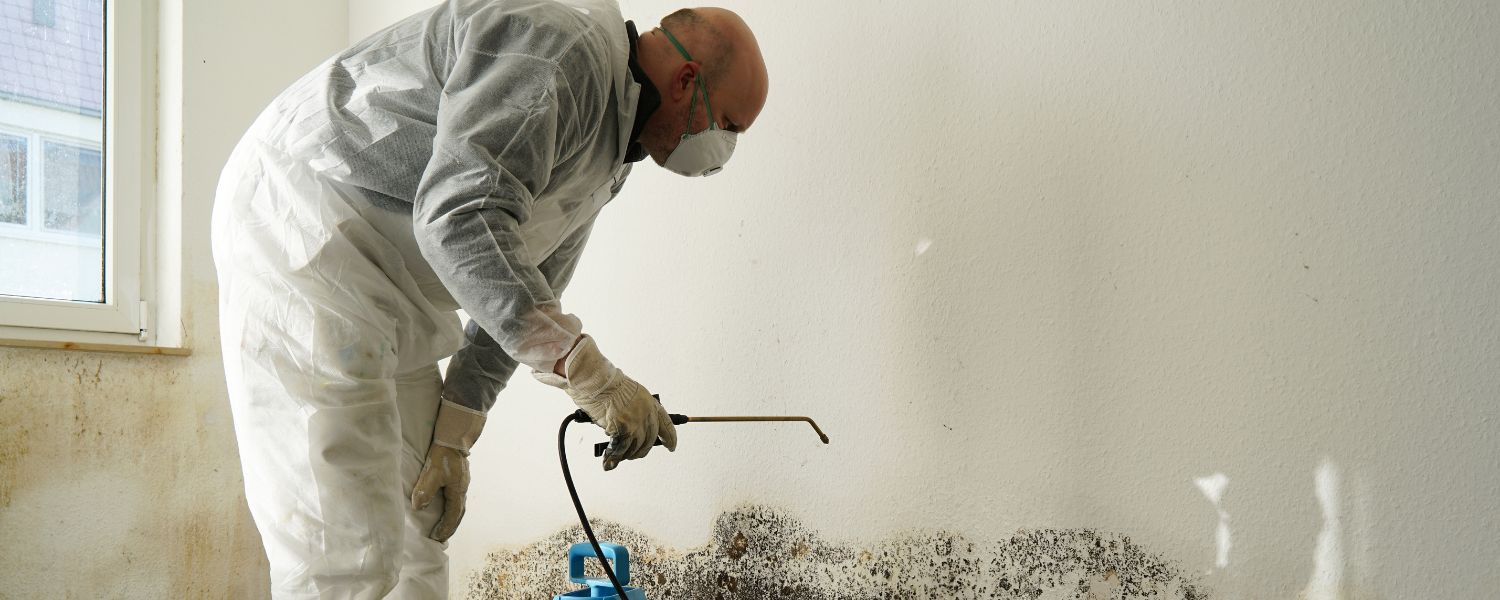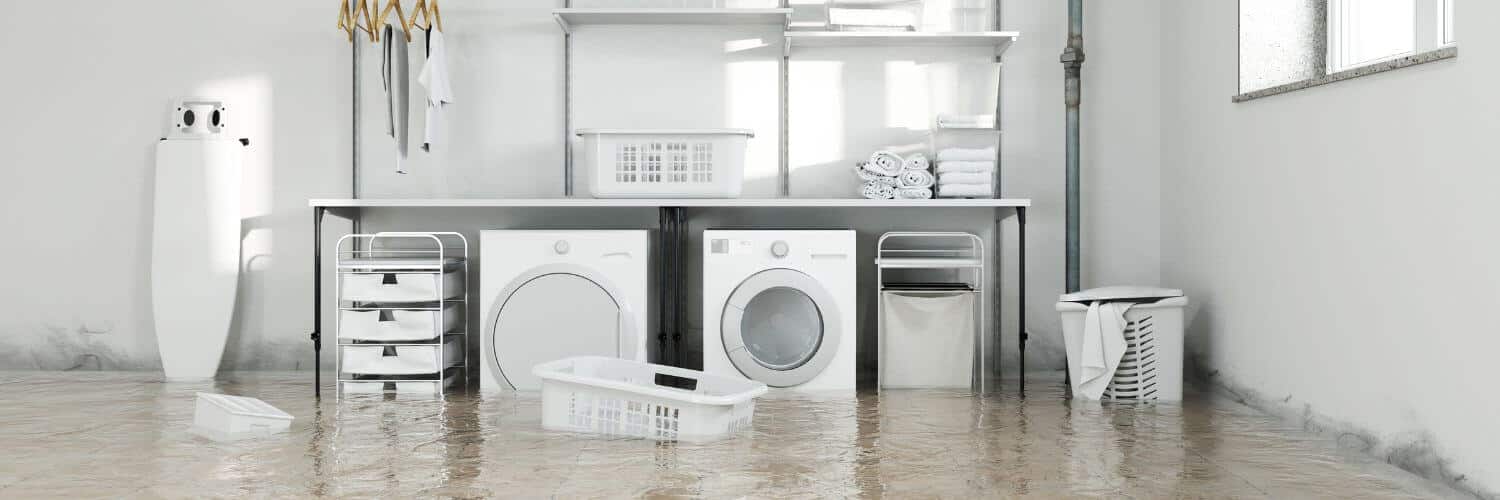Are you in the process of getting commercial services? Find out what goes into the process and what to expect now from commercial plumbing!
When floods happen, or even a small water leak in plumbing, the restoration process can be daunting in commercial spaces. It is never a good thing when it occurs in your home or business, but putting buildings back together can be challenging when having to keep commercial services running for tenants. Choosing the right commercial restoration services company can help.
The first step in the commercial restoration process is an assessment of the damage by an IICRC Certified water technician. IICRC is the Institute of Inspection Cleaning and Restoration Certification organization.
The IICRC regulates water damage restoration companies and ensures that they maintain the highest standards in the industry. In addition, they also maintain insurance and qualified education/training for all certified technicians.
Once the IICRC certified team is on site, they can assess the type of water damage and determine next steps. There are three categories of water damage labeled as 1, 2 or 3.
Category 1
Category 1 water damage is often called “clean” water. Clean water generally comes from fresh water sources such as water lines, fixtures, toilet tanks, fire sprinklers and natural water damage sources such as rain water. Clean water does not typically pose health risks to occupants; however, it can quickly change if left unchecked as it mixes with possible contaminants and soils.
Category 2
Category 2 water damage is also known as “grey” water, which can be dangerous. It can carry microorganisms and chemicals, and time and temperature can affect it significantly. Grey water sources can be from washing machines and broken drain lines. It is potentially harmful as it can cause sickness if ingested and can quickly become a category 3 loss.
Category 3
Category 3 water damage is the most serious and commonly called “black” water. Black water contains pathogenic agents and is unsanitary water coming from sources such as raw sewage and medical waste. Category 3 water includes all forms of sea and ground water flowing into structures from natural floods, due to contaminants in the ground such as pesticides.
Commercial Water Damage Detection
IICRC Certified technicians assess the damage through a few different methods: thermal imaging, penetration and non-penetration techniques. It is integral to determine exactly how much moisture is present, especially in areas that cannot be seen such as inside walls, inside cabinets, underneath flooring.
Thermal Imaging
Using the the most up to date, state-of-the-art equipment, water damage assessment teams can determine moisture levels behind walls with technology like thermal imaging. Thermal imaging can be helpful in smaller leaks, where it is harder to see water sources. By taking readings using thermal imaging, the team can quickly assess the presence of moisture behind walls and under floors to determine the appropriate remediation steps.
Other methods of determining damage and levels of water saturation include penetration into the structures and taking moisture readings.
It is important to determine moisture because to properly remediate the structure, teams must remove the water damage in highly specified industrial ways. This may include removing a certain amount above the moisture damaged structures in order to properly dry and eliminate future growth.
Commercial Restoration Services Process
Once an action plan is created, the water damage team communicates with business owners, property management and tenants to create a plan to allow continued operations and begin structural drying processes.
During the process, the team utilizes equipment like dehumidifiers, air movers, and heated air technology. The proper drying method will depend on the building materials. The scope of the drying process can drastically change between high rise steel structures versus wood framed buildings.
During the commercial restoration processes, the water damage team will determine if the customer will be filing insurance claims and help communicate with the adjuster to determine levels of coverage for the building owner(s).
Commercial Water Damage Steps
- Assess and create dryout action plan
- Begin dryout as soon as possible; water extraction and structural drying will help to eliminate spread and future growth
- Determine the year of the building to see if asbestos testing is necessary prior to the removal of any affected materials
- Determine if insurance claims initiate, communicate and coordinate with insurance adjusters
- Facilitate business needs during action plan in order to work around daily operations, whenever possible
- Begin pack out of items contaminated; keep photo and moisture logs for insurance coverage
Next Steps
Once the commercial restoration services begins, the team is constantly updating and adjusting the process based on coverage and damage. All commercial restoration services adhere to a standard and systematic process. While the process can sometimes be frustrating to business owners, residents and the building’s occupant, the priority is proper structural drying so that the reconstruction team can begin to put the building back to pre-loss conditions.
Commercial restoration teams are experienced in communicating the important aspects of the steps involved during the process to both owners and insurance adjusters to work quickly for all individuals.
Understanding The Insurance Process
The most important thing a property manager and owner can do when reviewing property insurance is understanding what is covered. Owners and managers should know what to do in the event of water damage and read all of the fine print in their policies.
In most cases, it is the insurance holder’s responsibility to begin mitigating any damages immediately as they occur. The insurance company and adjuster will determine coverage based on the cause, however, if remediation is delayed then coverage may change.
What is covered will vary, but in most cases, fresh water bursts and some drain leaks will always be covered. Again, each policy may vary, but it is important to know what is covered. Insurance will likely cover water damages that happen instantly such as bursts, something that is beyond control of routine maintenance or items that are not left for long periods of time. This is why commercial building maintenance and routine plumbing checks are important.
Common Causes of Commercial Water Damage
Common causes of commercial building water damage are burst shut offs, HVAC equipment leaks, and drain overflows. They can be caught in time with diligence and even some can be prevented with routine maintenance. Keeping all plumbing and HVAC equipment up to date can save thousands in flood damage.
Putting it All Back Together
Once the structural drying is complete, the water damage repair can begin. Again, coverage will vary by insurance, but most cases allow for the owner to get their building back to pre-loss conditions.
How Do Owners Choose a Restoration Company?
Insurance companies will have a list of preferred vendors; however, property owners can choose their own vendor. It is important to act quickly on any water damage situation, so owners and property managers should already have a preferred vendor to contact in the event of water damage.
During any commercial building water damage process, the most important thing for owners and property managers to remember is to act quickly on remediation with a licensed and reputable commercial restoration services company. Time can make the difference in thousands of dollars of damage and the time spent to remediate and put the building back together. Having a vendor on hand prior to loss is something all commercial property managers should have, as floods are never convenient.
Bill Howe Restoration & Flood Services has been serving San Diego building owners for over a decade with the highest level of experience and expertise. Bill Howe commercial restoration services technicians are IICRC certified and trained in all industry standards and will work with your insurance to provide relief for a stressful situation. With 24/7 service, Bill Howe Restoration should be on your commercial property vendor list today. Call 1-800-BILL HOWE (245-5469) to learn more.
